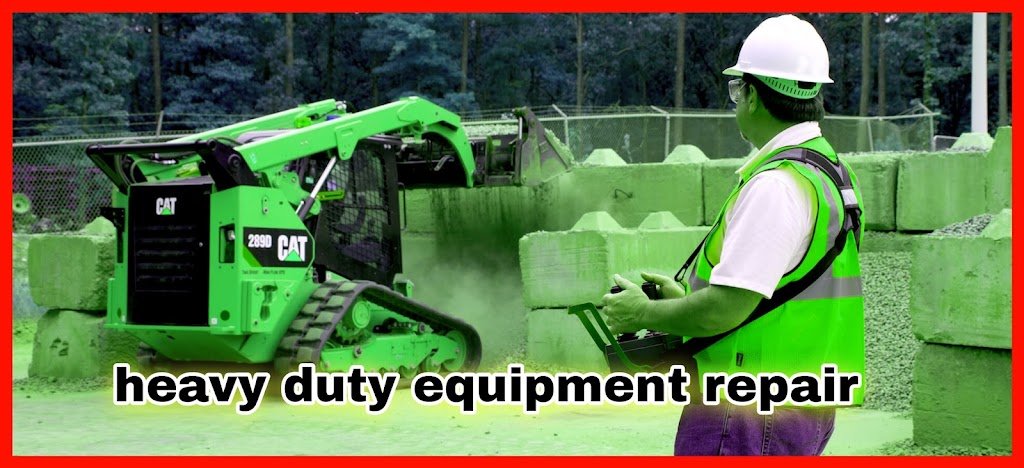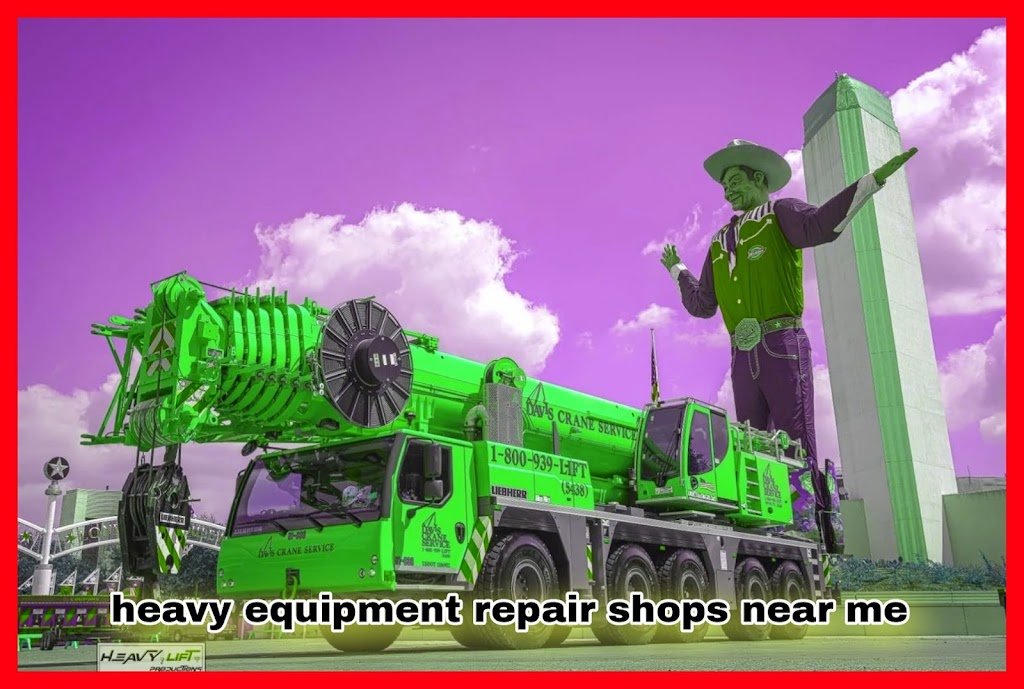Hauling Equipment

Hauling Equipment: Efficient Solutions for Transportation Needs
Transportation of heavy equipment and materials is a crucial aspect of various industries. Whether it’s construction, mining, agriculture, or any other field that requires the movement of large and bulky items, having reliable hauling equipment is essential. In this article, we will explore the different types of hauling equipment available and discuss their features, benefits, and applications.
Hauling Equipment
1. Trucks and Trailers
Trucks and trailers are the most common and versatile hauling equipment used in various industries. They come in different sizes and configurations, including flatbeds, lowboys, and dump trucks. These vehicles are capable of transporting heavy machinery, construction materials, and oversized loads.
2. Cranes and Lifters
Cranes and lifters are specialized hauling equipment designed for lifting and moving heavy objects vertically. They are commonly used in construction sites and industrial settings to handle large components, such as steel beams and concrete blocks.
3. Forklifts
Forklifts are compact hauling equipment used for lifting and moving smaller loads within a confined space. They are commonly used in warehouses, manufacturing facilities, and distribution centers to handle pallets, crates, and other materials.
4. Conveyor Systems
Conveyor systems are automated hauling equipment used to transport bulk materials and goods over long distances. They are widely employed in industries such as mining, agriculture, and logistics, providing a cost-effective and efficient solution for material handling.
Benefits of Using Hauling Equipment
- Improved Efficiency: Hauling equipment enables faster and more efficient transportation of heavy items, reducing downtime and improving productivity.
- Cost Savings: By using hauling equipment, companies can save costs associated with manual labor, multiple trips, and potential damage to goods during transportation.
- Enhanced Safety: Hauling equipment is designed with safety features to minimize risks associated with lifting and moving heavy loads, protecting both the equipment operator and the transported goods.
- Versatility: Different types of hauling equipment cater to specific transportation needs, ensuring versatility and adaptability to various industries and applications.
Choosing the Right Hauling Equipment
When selecting hauling equipment for your specific needs, consider the following factors:
- Weight Capacity: Ensure that the hauling equipment is capable of handling the weight of the items you need to transport.
- Size and Dimensions: Consider the size and dimensions of the equipment to ensure compatibility with the items you need to transport and the available space at your site.
- Terrain and Conditions: Evaluate the terrain and environmental conditions where the equipment will be used to choose the appropriate hauling solution, such as off-road capabilities or weather-resistant features.
- Budget and Cost-Effectiveness: Assess your budget and consider the long-term cost-effectiveness of the hauling equipment, including maintenance, fuel consumption, and potential resale value.
Maintenance and Safety Considerations
To ensure the optimal performance and longevity of your hauling equipment, it’s important to follow these maintenance and safety practices:
- Regular Inspections: Conduct routine inspections to identify any potential issues or damage that may affect the equipment’s performance or safety.
- Scheduled Maintenance: Adhere to the manufacturer’s recommended maintenance schedule, including oil changes, filter replacements, and component inspections.
- Operator Training: Provide proper training to equipment operators to ensure they are familiar with the equipment’s controls, safety features, and operational procedures.
- Safety Measures: Implement safety protocols, such as wearing appropriate personal protective equipment (PPE), securing loads properly, and following industry regulations and guidelines.
Future Trends in Hauling Equipment
The hauling equipment industry is constantly evolving to meet the changing demands of various sectors. Some emerging trends include:
- Electric and Hybrid Solutions: The adoption of electric and hybrid hauling equipment is growing, driven by the need for sustainable and eco-friendly transportation solutions.
- Automation and Robotics: Advancements in automation and robotics technology are enabling the development of self-driving hauling vehicles and intelligent material handling systems.
- Telematics and Data Analytics: Hauling equipment is becoming more connected through the use of telematics systems, allowing for real-time monitoring, predictive maintenance, and data-driven insights.
Conclusion
Hauling equipment plays a vital role in efficiently transporting heavy equipment and materials across industries. By choosing the right hauling equipment and implementing proper maintenance and safety practices, businesses can enhance their operational efficiency, reduce costs, and ensure the safe transportation of goods. With the future trends focusing on sustainability and technological advancements, the hauling equipment industry is poised for continued innovation and improvement.
FAQs
1. How do I determine the weight capacity of the hauling equipment I need?
To determine the weight capacity, refer to the specifications provided by the manufacturer. It is important to consider the maximum weight you intend to transport and choose equipment that can handle that load with an appropriate safety margin.
2. Can hauling equipment be used in hazardous environments?
Yes, hauling equipment can be designed and equipped with features to operate safely in hazardous environments. It’s essential to choose equipment specifically built for such conditions and follow the necessary safety protocols.
3. What are the advantages of using conveyor systems for material transportation?
Conveyor systems offer advantages such as continuous material flow, reduced manual labor, precise control over material handling, and the ability to transport materials over long distances with minimal human intervention.
4. How often should I conduct maintenance on my hauling equipment?
Follow the manufacturer’s recommended maintenance schedule, which typically includes regular inspections, scheduled maintenance tasks, and addressing any issues promptly. Regular maintenance will help ensure optimal performance and prolong the equipment’s lifespan.
5. Are there hauling equipment options suitable for small businesses or limited budgets?
Yes, there are hauling equipment options available for businesses with limited budgets. Consider factors such as the scale of your operations, specific transportation needs, and explore used equipment options that can provide cost-effective solutions.




